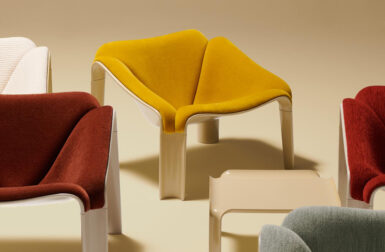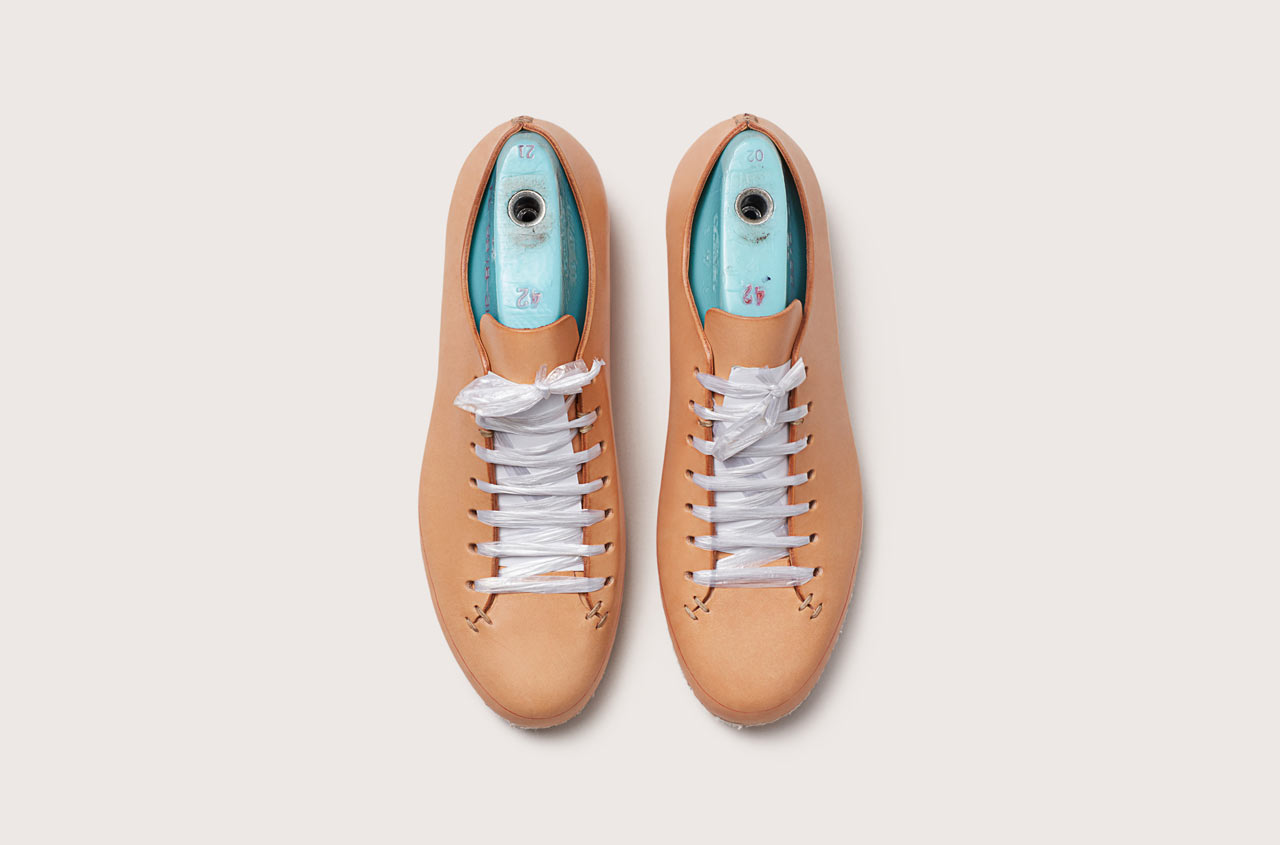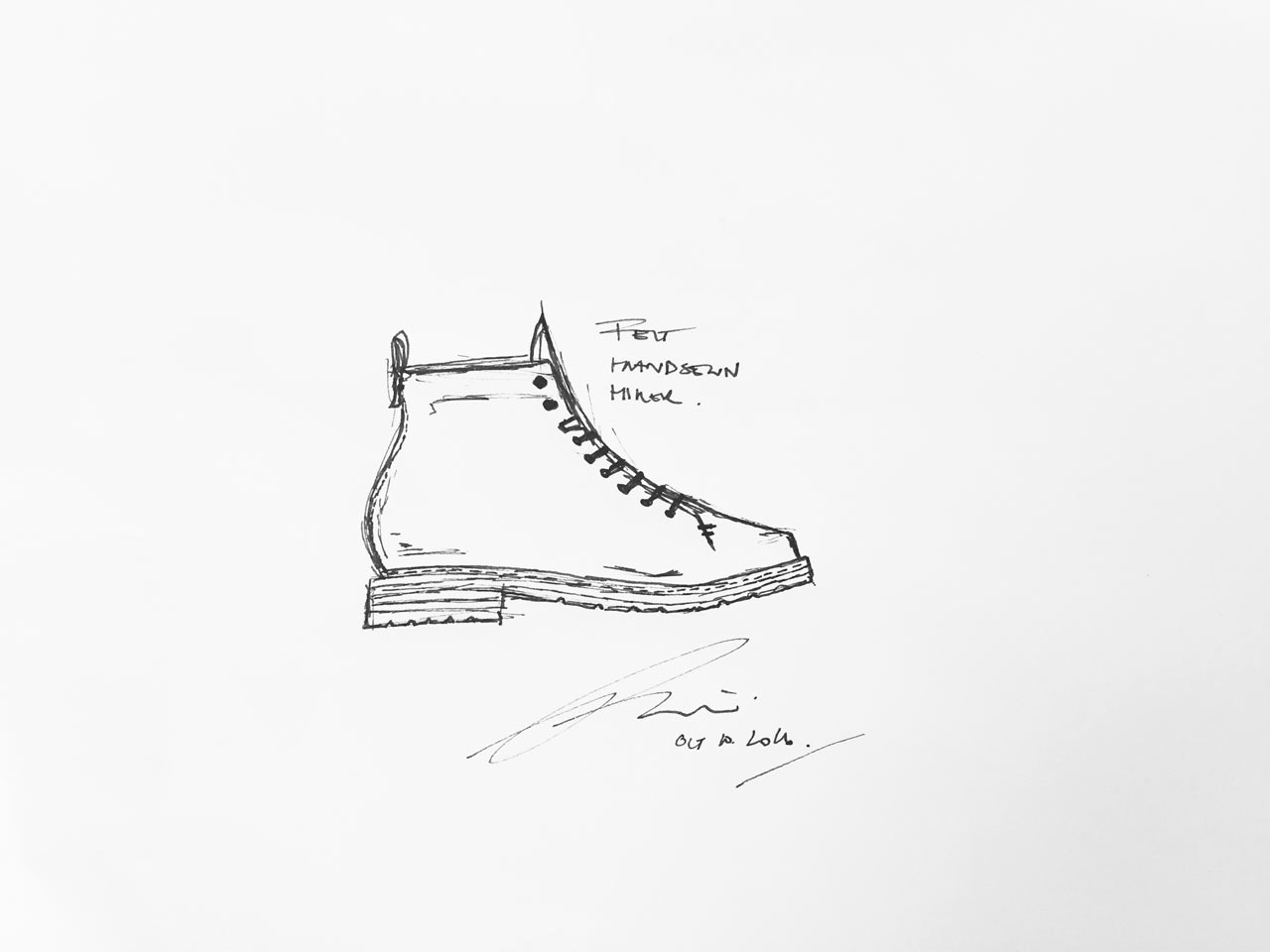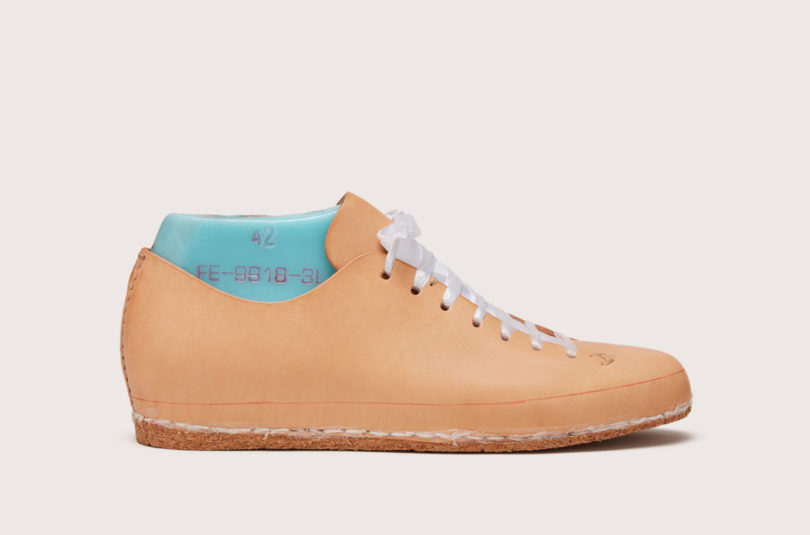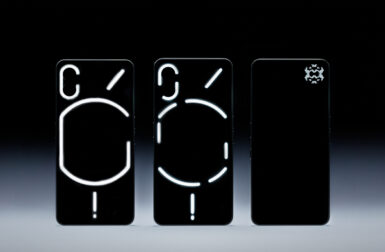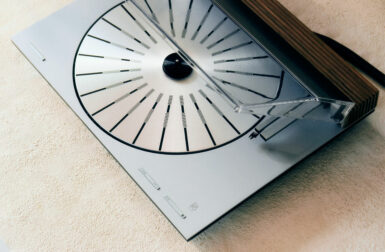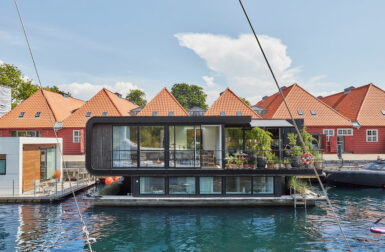Shoes are something that enter our lives in our early toddler years and remain a daily part of our lives until we cease to exist. When we wear them out or find a cool pair we like, we simply buy them, but do we ever really think about how that pair came to exist? While many shoes are just mass produced, there’s a wonderful niche of companies that keep it old school by making handcrafted shoes using traditional techniques. There’s nothing quite like slipping your foot into a shoe that was painstakingly made by a master craftsman, one shoe at a time. One company that still believes in the beauty of shoes made by hand is FEIT, a New York-based brand that focuses on craftsmanship and natural materials. For this month’s Deconstruction, FEIT shares a look into the making of their hand sewn hiker boot.
STEP 1 \\\ DESIGN DRAFTS
Final sketch of a hand sewn hiker by Tull Price
STEP 2 \\\ MATERIALS & COMPONENTS
The sole is made up of six individual components. An internal leather midsole, a layer of natural cork, a bamboo shank stabilizer, a buffalo leather outsole, a rubber tread and a vegetable leather strip which encases the sole to the upper.
A bamboo shank stabilizer is utilized in the midsole to ground and stabilize the wearer. Bamboo is used for it’s lightweight and high strength to weight ratio.
FEIT leathers are developed throughout Europe with tanneries that focus on traditional, vegetable and metal free tanning. The tanning process gets its name from the tannins, contained in most vegetables, employed to transform a skin. Most of the ingredients used in the tanning process have been in use for the last two thousand years. Today, in order to expedite the process and to get a higher level of consistency, powdered extracts are commonly used. They are obtained mainly from three species of trees: Chestnut from Europe, which gives the leather a dark brown color; Quebracho from Argentina, which makes leathers flexible and creates a warm amber color; and Acacia from Brazil and South Africa, which imbues the leather with a rose–yellow color and a firm feeling.
Vegetable leather will develop a patina and age beautifully over time. When leather is treated naturally, the difference in the quality and environmental impact is massive. Synthetic materials require the use of toxic materials, petrol, and energy, and once created, they can’t be destroyed – they become landfill. As all FEIT materials are natural, the product will eventually biodegrade and return to the Earth.
A layer of natural cork is used in the midsole and removable outsoles. Cork is used for its inherent qualities of elasticity and ability to control climate and comfort.

A bamboo shank stabilizer is inserted into each shoe. Bamboo is used for it’s lightweight and high strength to weight ratio.
STEP 3 \\\ CORNERSTONE LASTS
To create a consistent fit, a collection should evolve from an initial set of lasts. Integral to FEIT’s collection is an initial set of lasts built in 2005 with the master Italian last maker Verdichio Padrone, now 96 years old and based in Tuscany.Our cornerstone lasts are used as a base around which all FEIT products are built. They provide the shoe’s shape, fit, feel, and are a great contributor to its comfort. Staying true to these lasts ensures FEIT customers can move between styles and still achieve the same fit.
STEP 4 \\\ HAND SEWING
To create a deep experience and comfort, build products by hand. People, not machines, craft FEIT products. For thousands of years, humans produced products primarily by hand, building a global industry that employed workers in communities throughout the world. As machine automation / technology has advanced, human labor (and natural materials) is becoming the most expensive part of the production process. Corporations strive to deliver quarterly growth hence their focus increasingly moves toward automation as an opportunity to cut costs, thus rendering the human obsolete.

